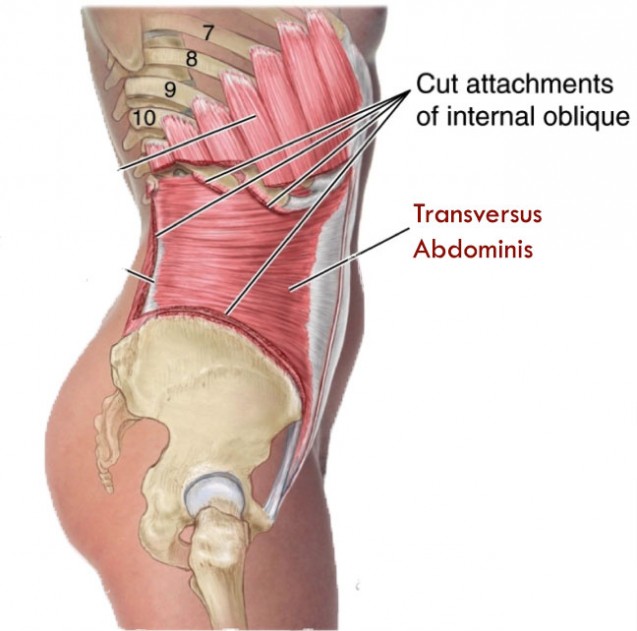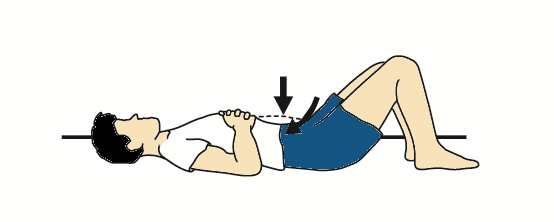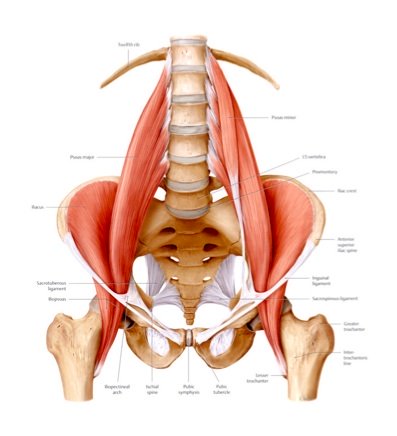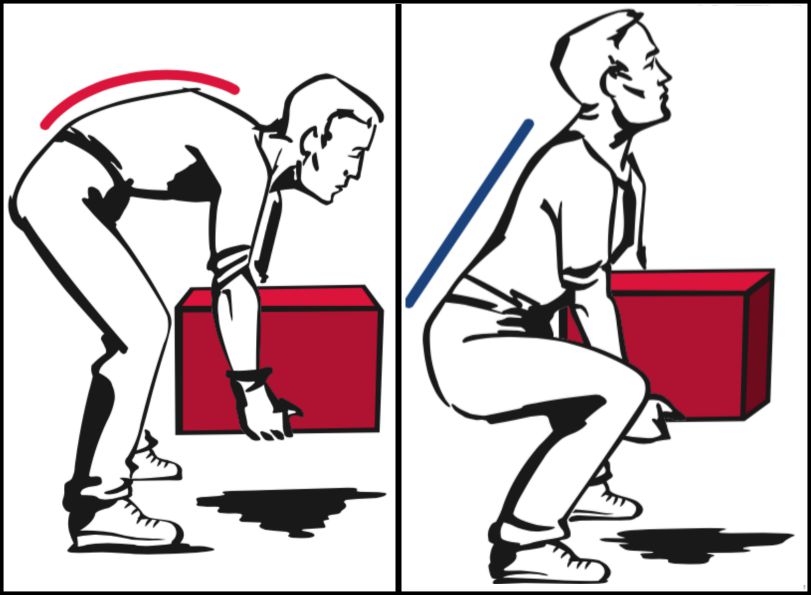Post partum low back and hip pain are frequent complaints we receive from patients that have just had a baby. This is often caused by a combination of overstretched and weakened muscles that result from a growing belly.
Here are some easy tips to help minimize the pain.
Tip #1: Brace Yourself!
Master the abdominal bracing technique. Abdominal bracing activates the transverse abdominal muscle, which is the corset of your core. It lies under your “6-pack” muscles and when you contract this muscle, your belly flattens/ Activating this muscle helps to stabilize the spine, so no excessive movement occurs when you move.
The easiest way to learn to brace your transverse abdominis is to lie on your back with your knees bent and feet flat on the floor. Find your hip points with your hands. Now begin to draw in your lower belly and imaging that you are pulling your hip points towards each other. Your belly button should move about an inch towards your spine. Be careful not to hold your breath.
Once you master drawing in your belly without holding your breath, begin doing this with all transitional movements. For example, brace your abdominals before you get up from a chair, get out of bed, get in or out of a car, or lift anything. This will add protection and stability to your spine as you move.
Tip #2 Stretch your hip flexors to strengthen the back
During pregnancy, your pelvis starts to tilt downwards to accommodate the baby. This ends up tightening and shortening your iliopsoas muscles. The iliopsoas muscle is responsible for flexing your hip and stabilizing your spine. If this muscle is tight, it may put excessive pressure on your low back. It also can cause pain in your hip crease/groin area. Stretching it helps to relieve tension and lengthen the muscle.
To stretch the muscle, lie on your back at the edge of your bed, letting your leg hang of the edge. Brace your abdominals as described in tip #1. Use a strap, dog leash, or just your hand to gently pull your heel towards your butt. You should feel a stretch in the front of your thigh. Hold for 30 seconds and repeat 3 times. Perform this stretch on both legs 1-2 times per day.
Tip # 3 Lift correctly to prevent injury to the back
Everyone has heard the phrase “lift with your legs, not with your back,” but what does that mean? It means that when you lift something heavy, you should brace your abdominals like in tip # 1, maintain a straight spine, and squat, bending at your knees. This ensures that your spine isn’t taking the brunt of the force required to lift; your thigh muscles are working instead. You want to avoid stooping as much as possible, because it puts excessive stress on your low back. Try lifting this way when picking up your baby. It’s difficult to avoid stooping when picking up your baby out of a crib, but try to get as close to the baby as possible and engage your abdominals as much as possible to avoid stooping.
Give these tips a try to decrease your back and hip pain. If pain persists more than a week, give the experts at Atlantic Physical Therapy in South Philly a call at 215-271-4100 to schedule an appointment with one of the the Doctors of Physical Therapy.



